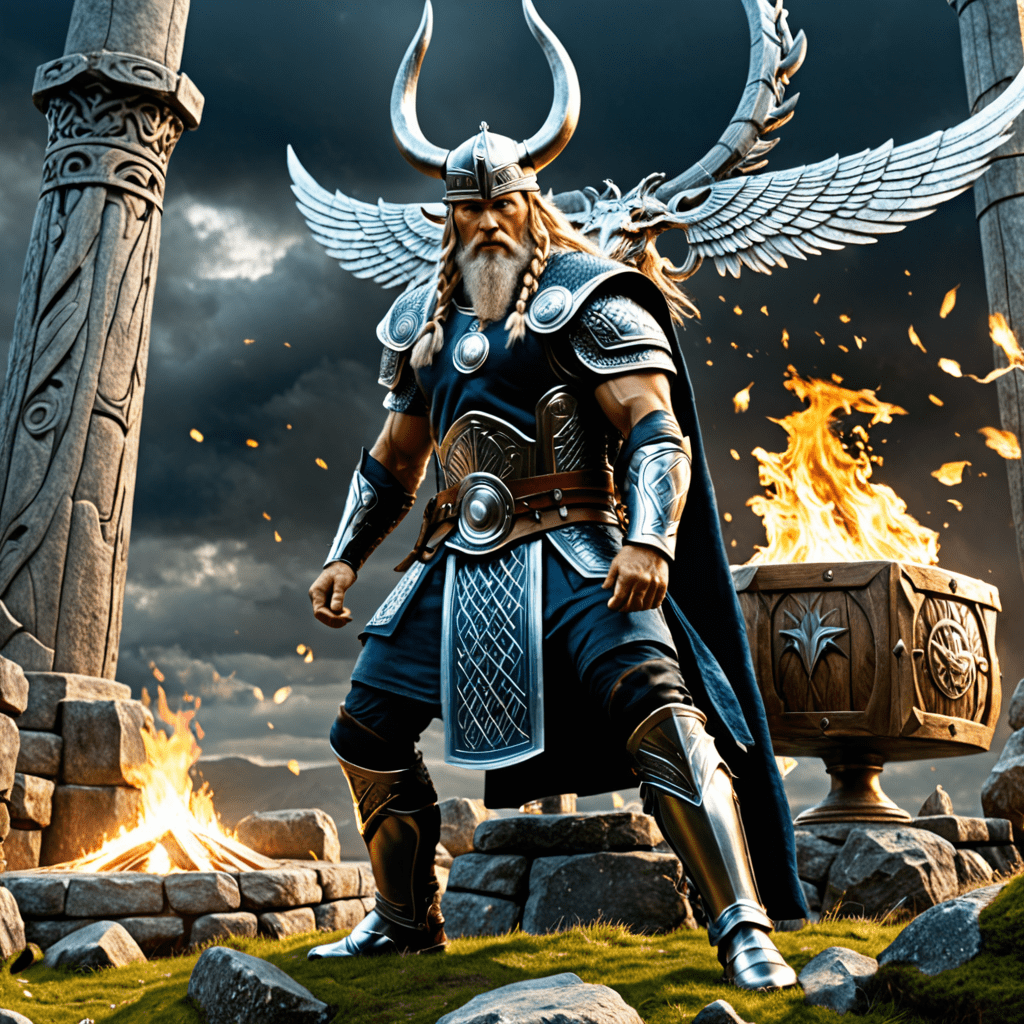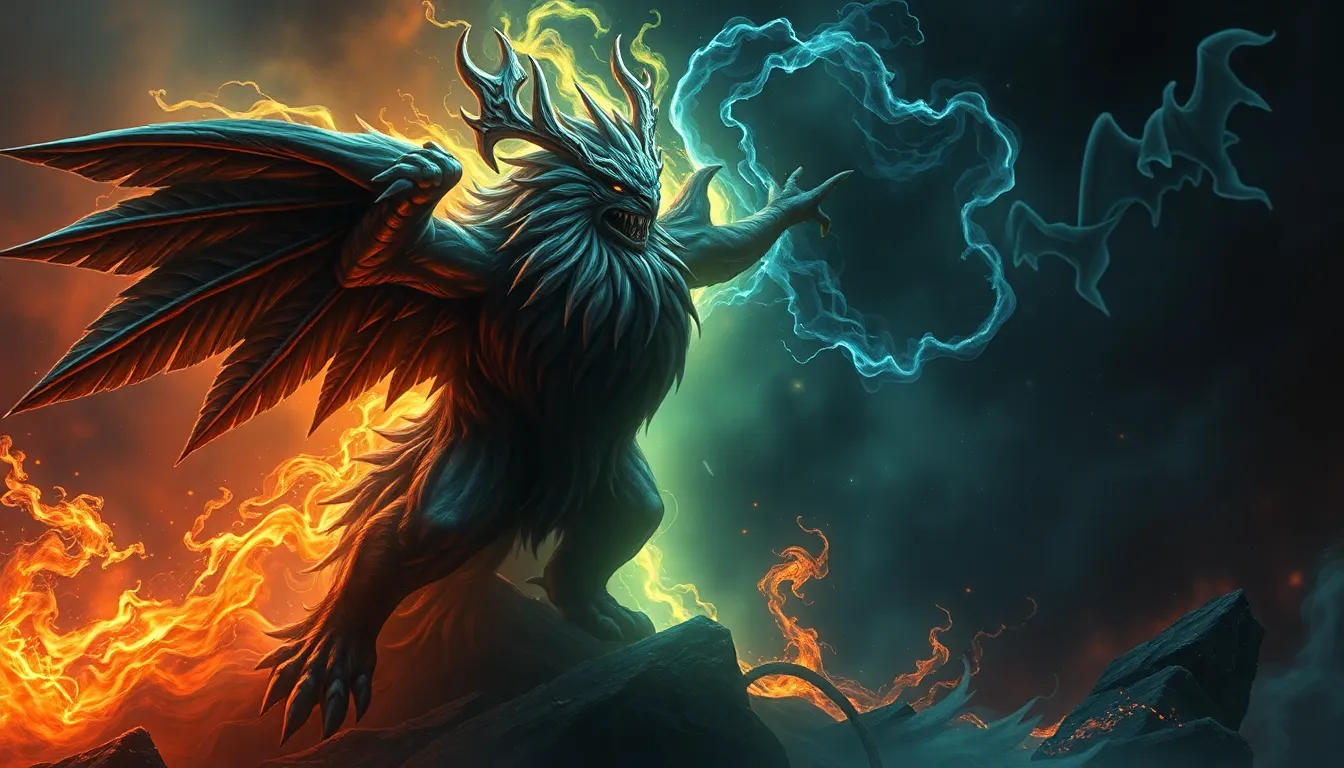Norse Mythology: Exploring Valhalla and Hel
In Norse mythology, the concept of the afterlife revolves around two main realms: Valhalla and Hel. These two destinations hold significance in the beliefs of ancient Norse societies, each representing different fates for the deceased warriors and individuals.
Valhalla – Hall of the Fallen Heroes
Valhalla, often portrayed as the grand hall of Odin, the chief of the Norse gods, is reserved for brave warriors who died in battle. These warriors are selected by Odin’s Valkyries, fierce maidens who choose the most heroic and valiant fighters to join the ranks in Valhalla. Once in Valhalla, these warriors engage in feasting, drinking, and preparing for the ultimate battle of Ragnarok alongside the gods.
Hel – Realm of the Dead
Contrasting the glory of Valhalla, Hel is a realm ruled by the goddess Hel, daughter of the trickster god Loki. It serves as an afterlife for those who did not die gloriously in battle or those who lived dishonorably. In Hel, the deceased experience a more somber existence, carrying on a subdued afterlife without the thrill of battle or festivities. The realm of Hel is not depicted as a place of torment; rather, it signifies a more neutral afterlife for those deemed unworthy of Valhalla.
Conclusion
Norse mythology paints a vivid picture of the afterlife through the contrasting realms of Valhalla and Hel. While Valhalla celebrates heroism and valor in battle, Hel represents a quieter fate for those who did not achieve glory in combat. These two realms offer insight into the values and beliefs of the Norse people, showcasing a complex understanding of honor, bravery, and the journey beyond death.
FAQ: Norse Mythology and the Afterlife
What is Valhalla in Norse Mythology?
Valhalla is a majestic hall in Asgard where brave warriors fallen in battle are taken by the Valkyries. These warriors, known as einherjar, prepare for the last battle, Ragnarok, alongside the gods.
What is Hel in Norse Mythology?
Hel is the realm of the dead ruled by the goddess Hel, daughter of Loki. Those who did not die in battle or due to illness or old age were said to go to Helheim.
How do Norse beliefs view the afterlife?
Norse mythology depicts two main destinations for the deceased afterlife: Valhalla for warriors and Helheim for those who did not die in battle.
What happens in Valhalla?
In Valhalla, warriors feast, fight, and prepare for Ragnarok. They are treated as heroes and await the final battle, where they will fight alongside the gods.
What is the significance of Hel in Norse Mythology?
Hel plays a crucial role in Norse mythology as the ruler of the realm of the dead. It symbolizes the importance of fate and the end of life’s journey for all beings.



